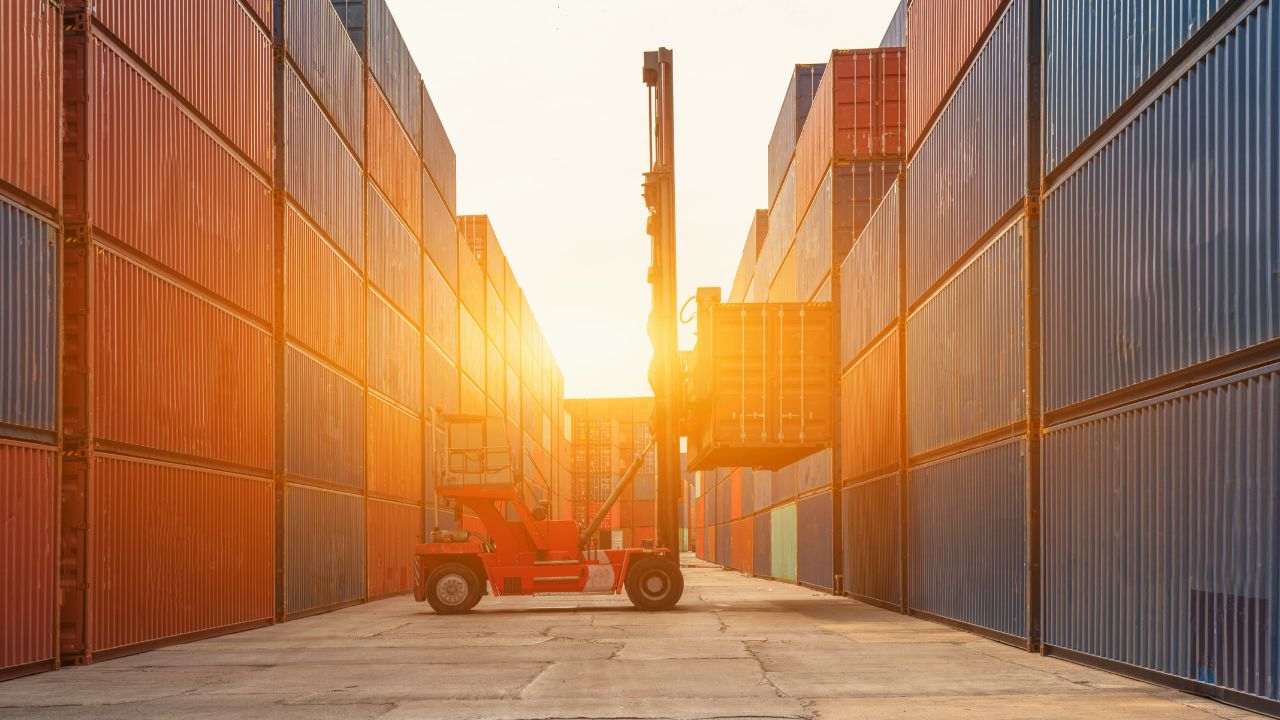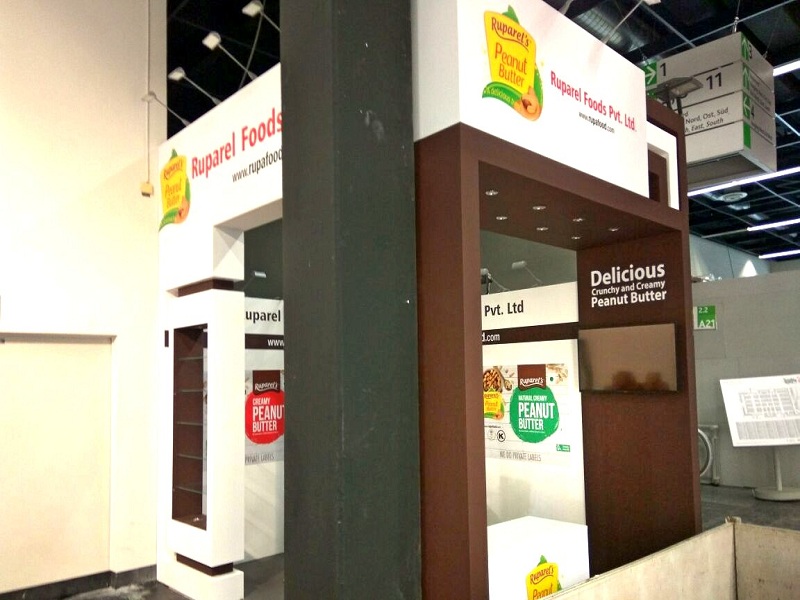The Director General of the Foreign Trade Organisation’s main goal from the time of its founding until 1991, was using regulatory measures to promote and regulate international commerce. But DGFT saw a significant metamorphosis with the arrival of globalisation and liberalisation, as well as the overall objective of increasing exports.
Its primary responsibility for preventing and regulating imports and exports was replaced by acting as a process facilitator. This shift is consistent with the liberalisation movement’s overarching goals, which prioritise the protection of national interests while fostering and facilitating imports and exports.
What is the Role of DGFT in India’s Export Trade?
The role of DGFT in India’s export is very crucial. As India navigates the complexities of international trade, the DGFT serves as a guiding force, working tirelessly to create a conducive environment for exporters. The DGFT stands as a cornerstone in the framework of India’s export landscape, bridging gaps and fostering sustainable growth in the realm of international trade.
Procedures of Export Trade
The primary role of DGFT in India’s export involves strategizing and communicating foreign trade procedures designed specifically for exporters. The emphasis is on formulating straightforward and user-friendly processes that facilitate a smooth execution of foreign trade activities within the country.
The Role of DGFT in India’s export is pivotal in planning and announcing these procedures, aiming to simplify the complexities often associated with international trade. The objective is to provide exporters with accessible and comprehensible guidelines, fostering an environment where foreign trade can be conducted seamlessly.
By prioritising clarity and simplicity, DGFT endeavours to enhance the overall experience for exporters, ensuring that they can navigate the intricacies of foreign trade with ease. The implementation of user-friendly procedures reflects DGFT’s commitment to supporting and promoting a robust and efficient foreign trade landscape in the country.
Importer-Exporter Code
Securing an Importer-Exporter Code (IEC) has undergone a significant simplification process for budding exporters. The application procedure for obtaining this 10-digit distinctive registration code facilitated through the DGFT website, has become more accessible and user-friendly. Prospective sellers can now conveniently apply for the IEC from the comfort of their homes at any time.
The IEC’s main goal is to support importers and exporters in effectively managing and tracking their shipments. This special code is essential to expediting the process of doing business internationally and giving companies doing cross-border transactions a smooth experience. This is the role of DGFT in India’s export which is an initiative to make the application process hassle-free and reflects a commitment to facilitating and promoting a conducive environment for trade activities.
Advance Authorisation Scheme ensures the duty free import of goods and services, which are physically incorporated in an export product.
External Trade Policy
A thorough set of regulations must be followed to guarantee seamless export and import activities inside a nation. These rules, which are contained in the Foreign Trade Policy or EXIM policy, act as the foundation for regulations controlling export-oriented companies. These instructions, which were created by the Directorate General of Foreign Trade (DGFT), are formally announced by the Indian government for a period of five years, as per Section 5 of the Foreign Trade Act of 1992.
As the creator of these policies, the DGFT is in charge of formulating policies that not only advance trade but also deal with new issues. The dynamic nature of global trade demands adaptability and responsiveness, and the EXIM policy provides a means of achieving this. It promotes economic growth and stability by giving enterprises the opportunity to manage the challenges of international commerce via the establishment of a transparent and unambiguous framework.
ITC HS Codes
In order to promote the expansion of foreign trade, India has embraced the International Harmonized System of Coding (ITC HS codes). These codes serve as a crucial tool for exporters, providing a structured framework for selecting appropriate product categories and ensuring accurate commodity descriptions. Within the Indian context, the ITC HS Codes are bifurcated into two schedules, with Schedule 1 specifically designed for imports and Schedule 2 for exports.
Endowed with the authority to augment and modify commodity descriptions, as well as introduce new codes, the role of DGFT in India’s export is pivotal in adapting the coding system to the evolving landscape of international trade. This dynamic approach not only facilitates precision in trade transactions but also reflects a commitment to staying abreast of changing market dynamics and product classifications.
Trade Licences
The DGFT is responsible for issuing licences for a variety of products eligible for export from India. Among the prominent product categories open for export are textiles, home accessories, handicrafts, leather goods, and more. Exporters can readily engage in the trade of these items without significant hurdles.
Examples include horses and specific petroleum oils. To facilitate the export of such restricted items, exporters are required to obtain an export licence from the DGFT. This process has been streamlined for convenience, allowing applicants to submit their requests online through the official DGFT website.
By obtaining the necessary export licence, exporters gain the official authorization needed to navigate the exportation of restricted goods, ensuring compliance with government regulations. The online application system on the DGFT website serves as a user-friendly platform, contributing to the efficiency and accessibility of the licensing process for exporters dealing with restricted goods.
Export Promotion
The DGFT plays a crucial role in the initiation of export promotion schemes as part of the Foreign Trade Policy. These schemes, including the Advance Authorization Scheme, Duty-Free Import Authorization Scheme, and Deemed Exports, are strategically designed to provide valuable support to sellers in their export endeavours. By implementing such initiatives, DGFT aims to facilitate and enhance the overall landscape of foreign trade.
Moreover, DGFT assumes the responsibility of issuing essential communications in the form of notifications, public notices, and circulars. These informational releases serve as a means to disseminate important updates, guidelines, and relevant information within the trade community. By consistently providing clear and comprehensive directives, DGFT contributes to maintaining transparency and efficiency in the foreign trade ecosystem.
Controlling Trade Related Issues
In order to address exporters’ worries, comments, and recommendations as well as any trade-related problems they could run into, the DGFT actively interacts with exporters. The forum functions as a complete avenue for addressing issues brought up by Indian importers over their dealings with international suppliers, as well as complaints made by overseas purchasers against Indian exporters.
The goal of the DGFT is to provide an environment that is smooth and effective for export commerce by enabling two-way communication. The DGFT recognises the need to preserve good ties with foreign partners and plays a critical role in managing and addressing problems within the export sector. It acts as a responsive organisation that respects exporters’ input and makes sure their opinions are heard and problems are resolved quickly.
Conclusion
The DGFT in India has evolved from being a regulator of imports and exports to a facilitator of international trade. In the era of globalisation and liberalisation, DGFT’s role shifted towards creating an enabling environment for exporters. The organisation simplifies foreign trade procedures, exemplified by the streamlined process of obtaining the Importer-Exporter Code (IEC) and the issuance of licences for the export of specific goods.
DGFT’s formulation of the External Trade Policy, updated every five years, reflects its commitment to adaptability and responsiveness in the dynamic global trade landscape. The incorporation of International Harmonized System codes demonstrates the DGFT’s proactive approach in aligning with evolving international trade standards.






